Exploring the Significance of Globes in Understanding Our Planet and History
Willem Jan Neutelings, an architect turned globe collector, shares his unexpected passion: a collection of 248 globes displayed throughout his Brussels home. Initially intended to support his book on a fascinating period in globe-making, Neutelings’ research took him on a five-year journey to uncover the stories behind these intricate, spherical representations of the Earth.
What began as a simple idea ballooned into a collection that captivates visitors with its diversity. Neutelings lovingly scoured various sources to obtain each globe, which, while fundamentally similar in shape, differ dramatically in style, size, and materials. Ranging from the size of an orange to large, exercise-ball-like orbs, the colors vary from bold to subdued, and the construction materials span wood, glass, metal, and plastic, representing a global craftsmanship tradition.
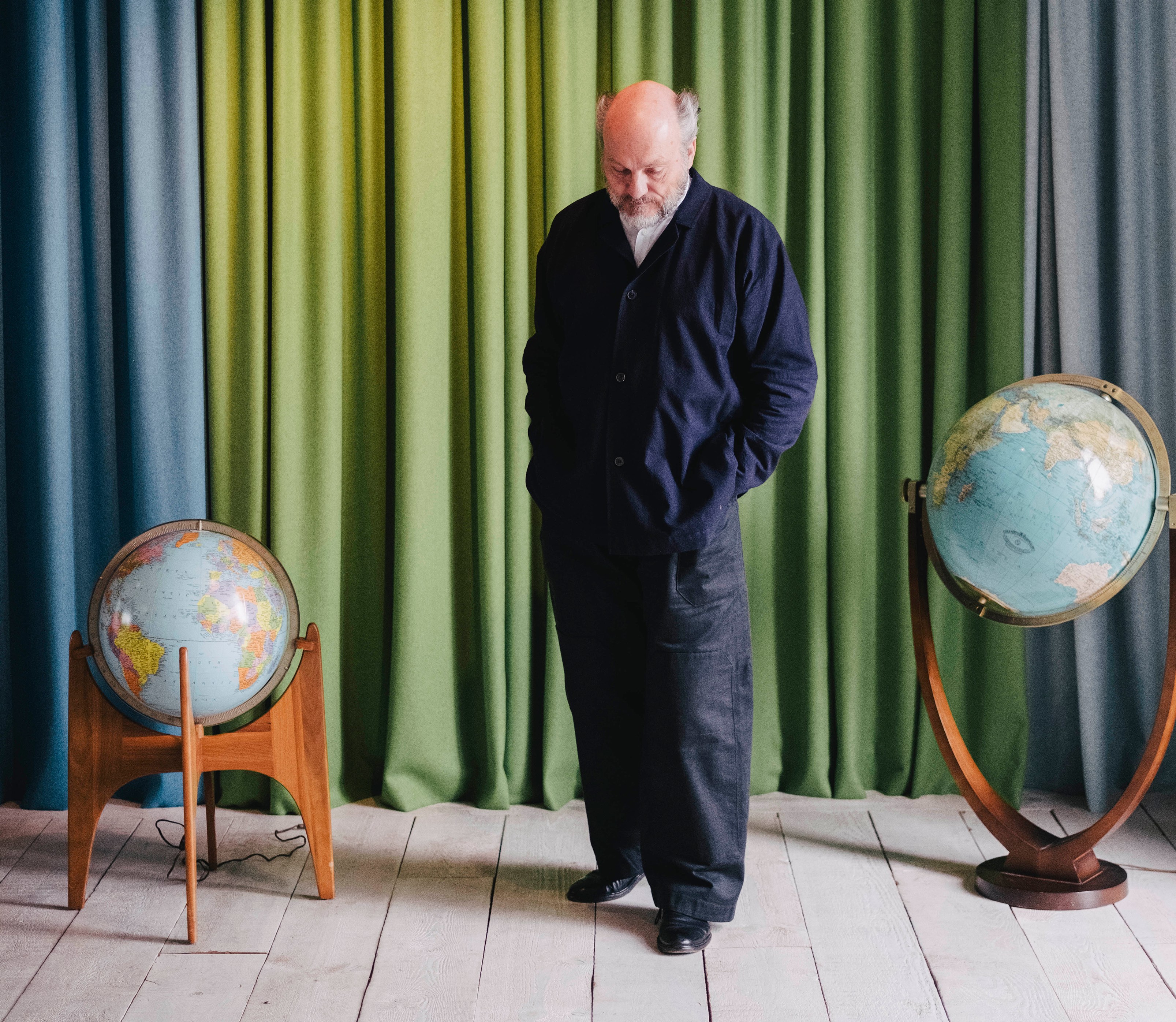
Neutelings notes that the true value of these globes comes from their era of origin. While many collectors prefer antique items, he advocates for the artistic and cultural significance of 20th-century globes. He recounts experiences at globe-collecting conferences where his focus on modern globes often met with dismissal.
Globes that attract auctions and significant sales are typically centuries old. For instance, a pair of 18th-century English table globes sold for €201,600, while an even older dual globe set by John Senex fetched approximately €89,300. In stark contrast, Neutelings’ globes, acquired at far lower prices, reflect a unique moment in cartographic history, marked by creativity and exploration.
Neutelings highlights how the 20th century witnessed a dramatic evolution in globe-making. The mapping of previously unexplored areas between 1909 and 1911 by polar explorers fostered a surge in globe innovation. This era coincided with technical advancements and a burgeoning confidence in scientific endeavors, as illustrated by the now-legendary 1968 Earthrise photograph taken during Apollo 8’s mission.
His book, Around the World in 200 Globes, chronicles how globe-making transitioned from artisan craftsmanship to a commercialized industry dominated by brands like Cram’s and Replogle. The result was a variety of globes that blend creativity with technology, including illuminated models, inflatable globes, and even those that serve as functional items like cabinets or clocks.
Each globe not only showcases aesthetic trends through the ages—from art nouveau to modernism—but also reflects the shifting tides of societal and political change. Neutelings emphasizes that each globe narrates a story of its time, merging old routes with the present day and inviting viewers to consider the world differently.
Globes offer a tangible connection to history, captivating audiences with their sprawl of names and topographies that speak of previous explorers and civilizations. They invoke nostalgia and curiosity about past journeys—elements that are crucial to human understanding.
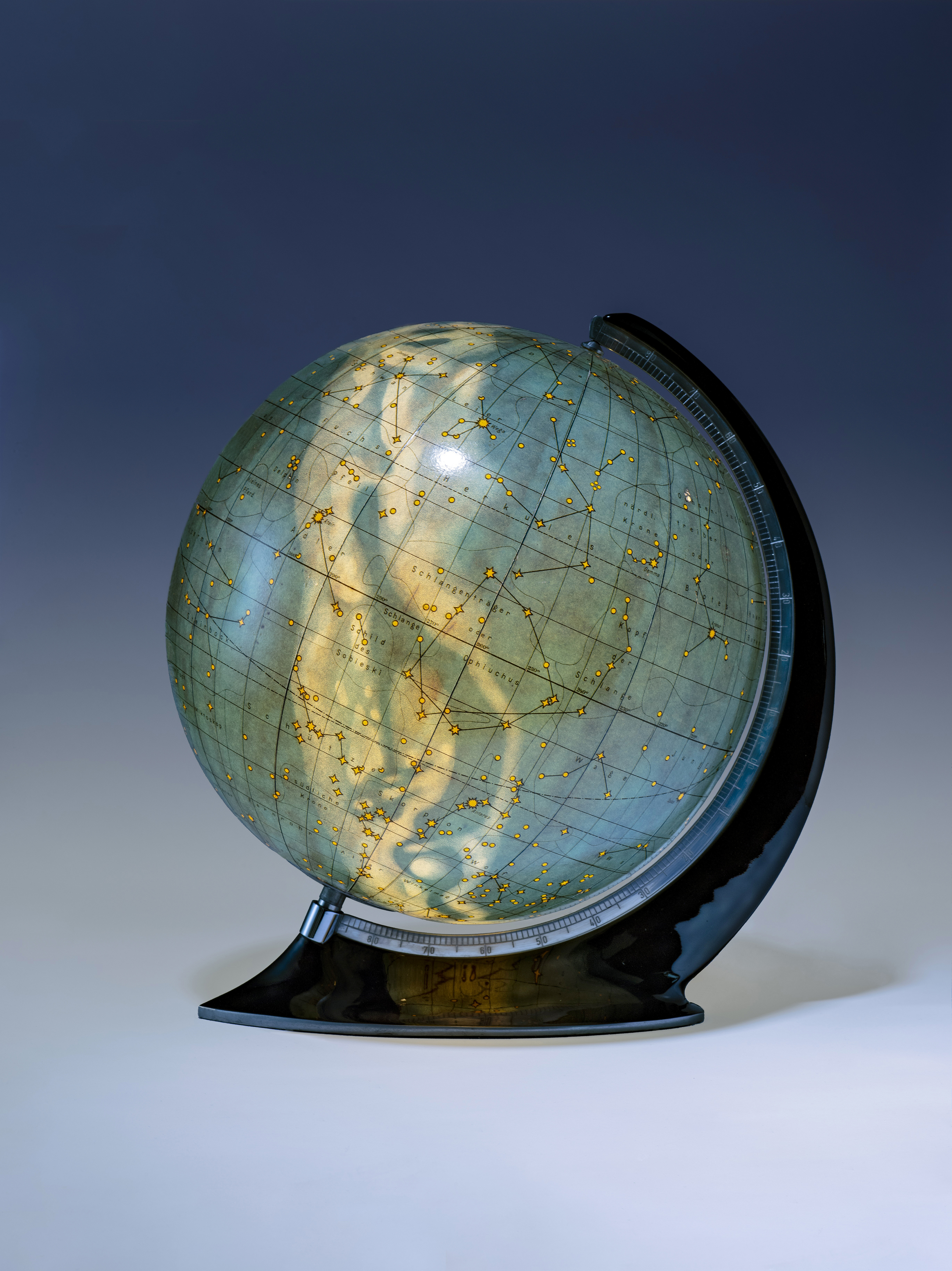
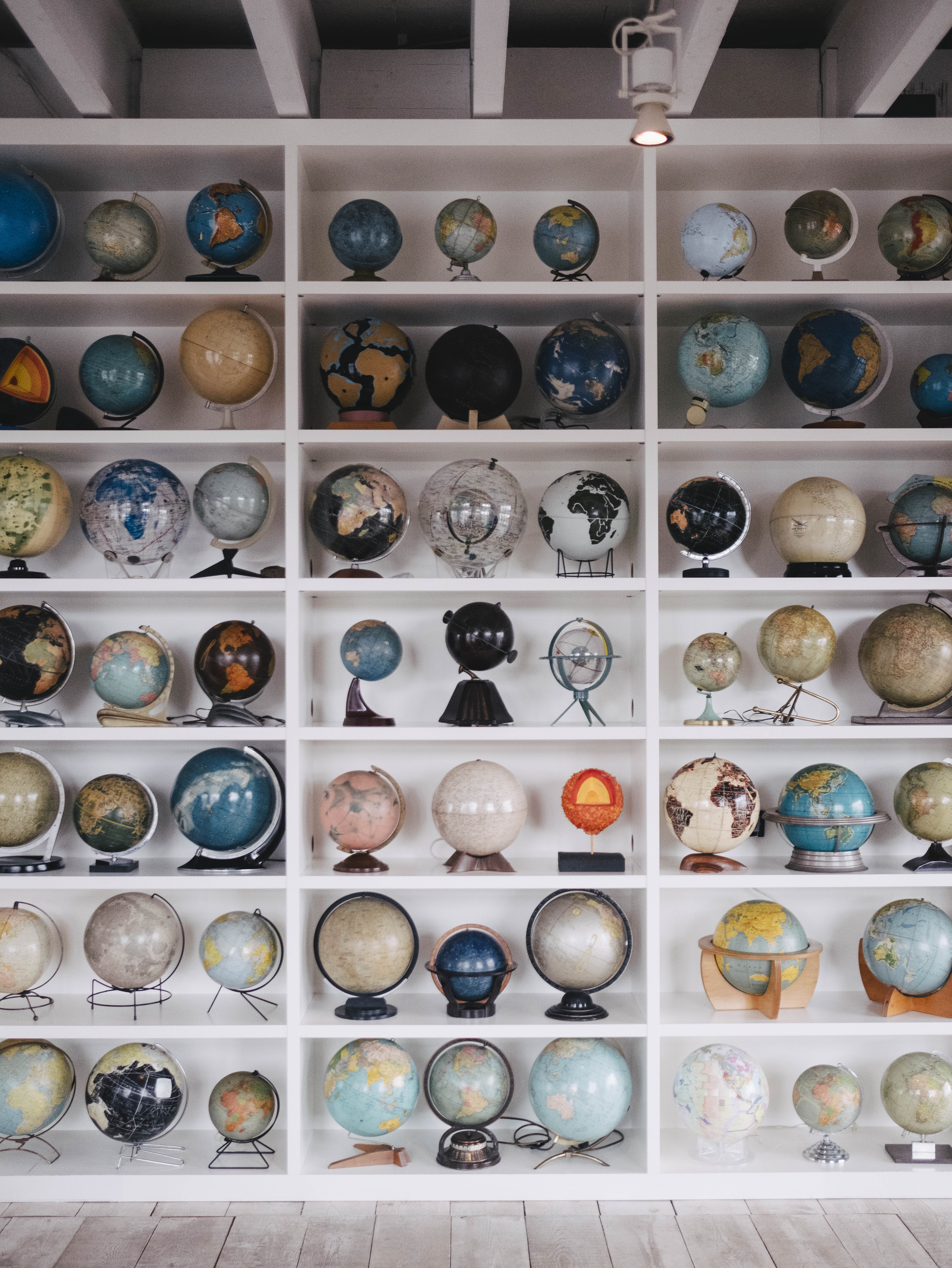
The history encompassed through globs extends beyond craftsmanship. Collectors like Helen Sunderland-Cohen, whose collection focuses on pre-1700 globes, highlight the artistry and meticulous detail that went into their creation. The narratives conveyed through old globes illustrate humanity’s quest to map and understand the Earth continually.
Conversely, the newer trends in globe making showcase evolving aesthetics. For example, contemporary globe makers like Peter Bellerby and Loraine Rutt have emerged, crafting bespoke pieces that meld artistry with today’s technological advances. They not only manufacture globes that depict the world as we know it but also personalize them to tell individual stories.
Whether it’s a small pocket globe or a grand floor model, the emotional weight of a globe—crafted with intention and thought—encapsulates the relationship we hold with our planet. Neutelings’ enthusiasm for 20th-century globes reflects the growing appreciation for these creations as not just decorative objects but as vessels of knowledge and connection to our world.
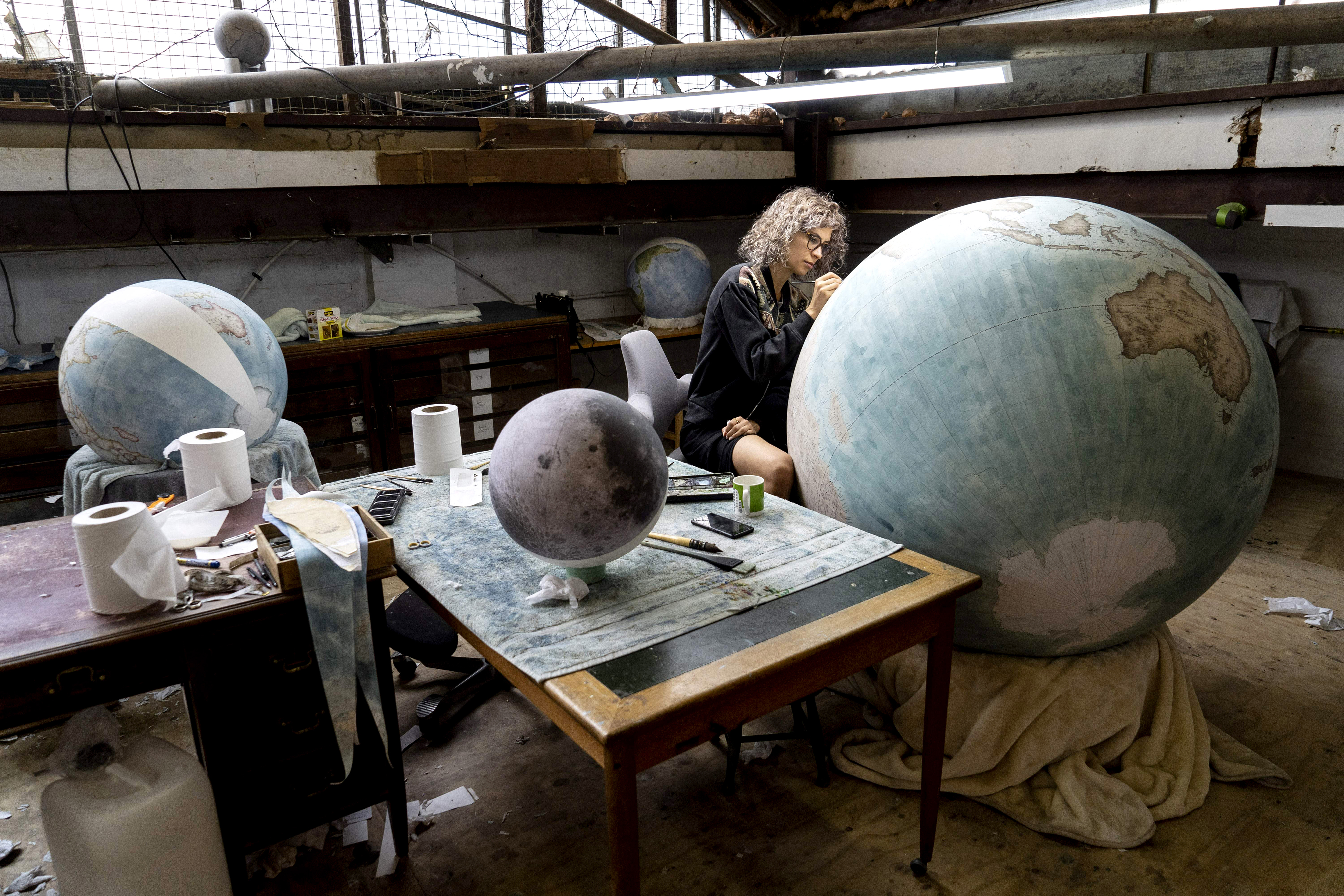
In conclusion, whether antique or contemporary, each globe serves as a reminder of our complex relationship with the earth and the ongoing narrative of human exploration. With the rise of digital mapping, many have turned back to physical globes to inspire a sense of wonder about our planet’s geography and history.
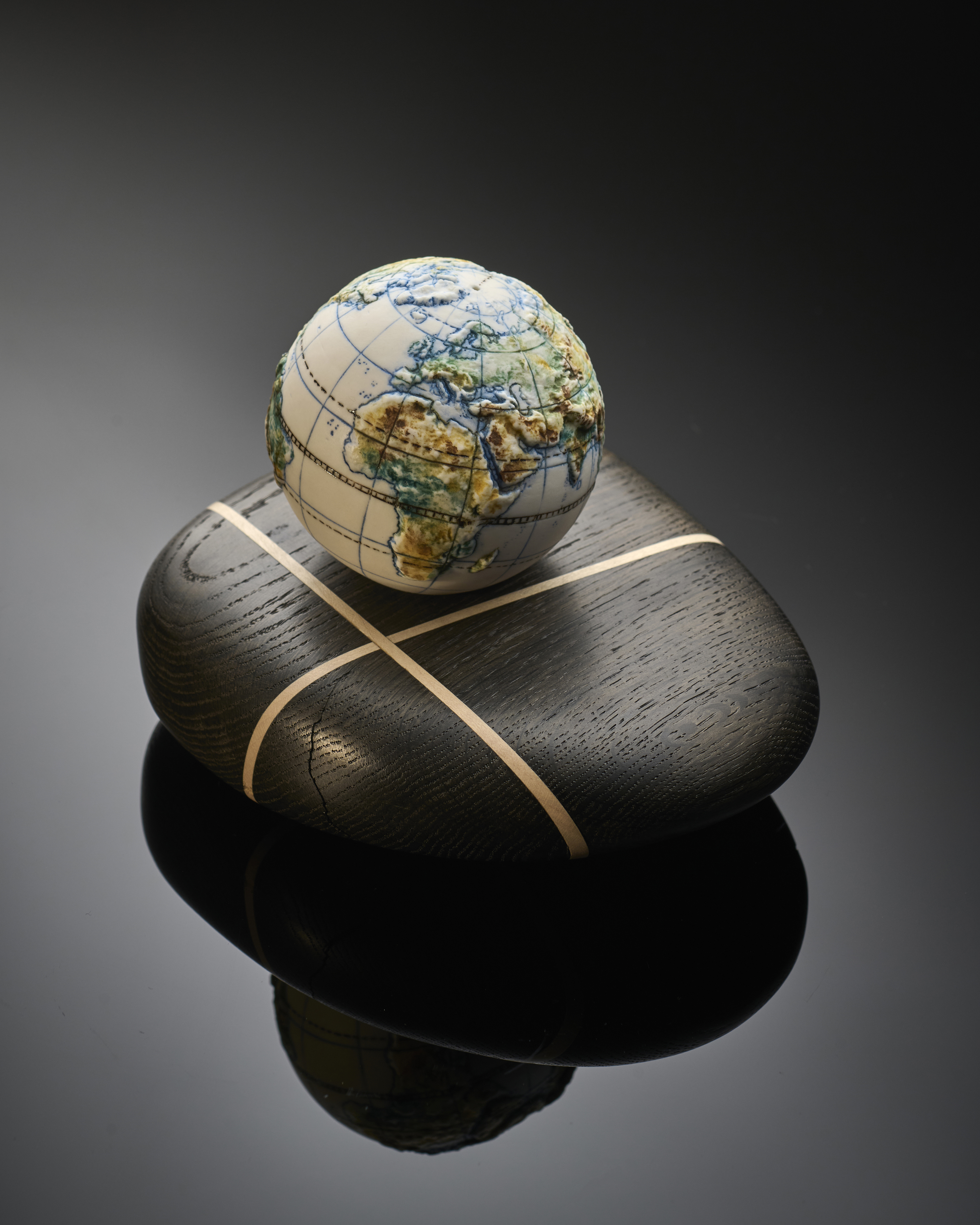
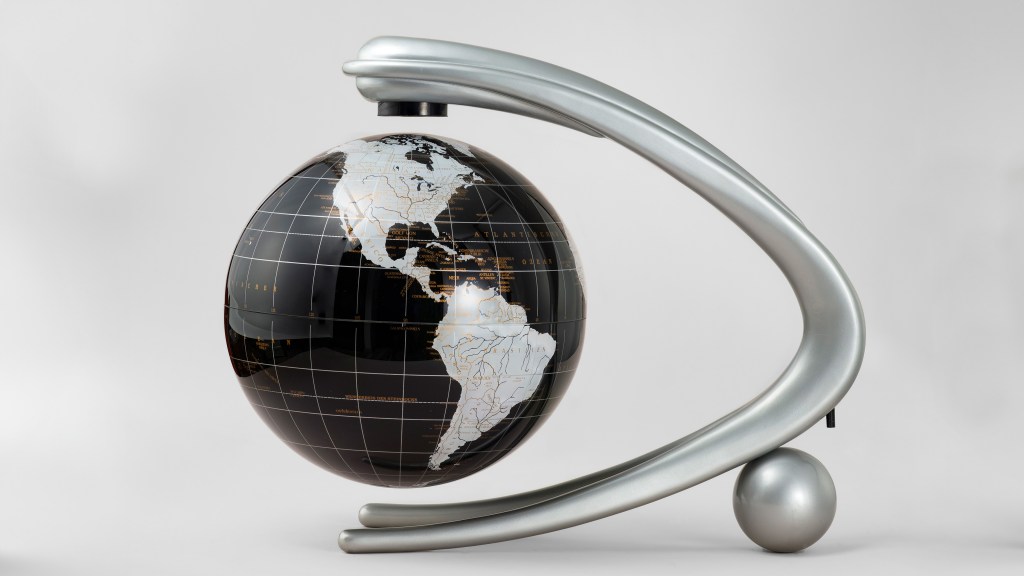



Post Comment